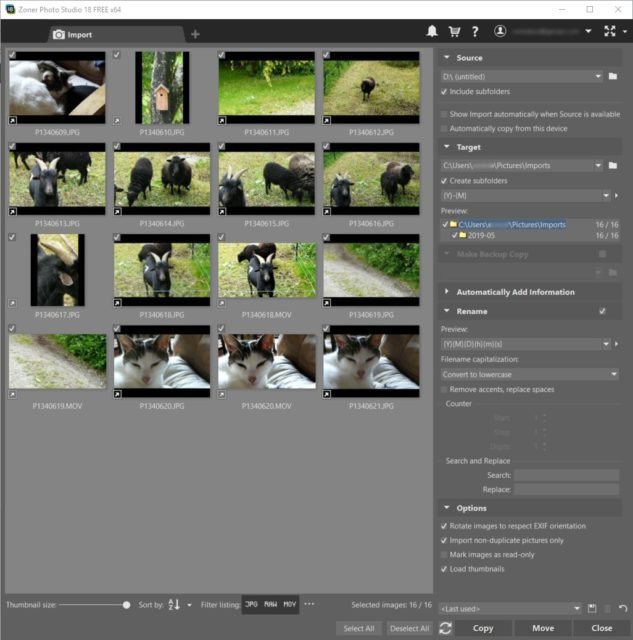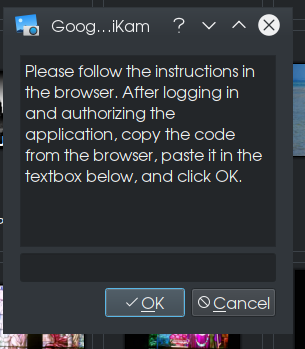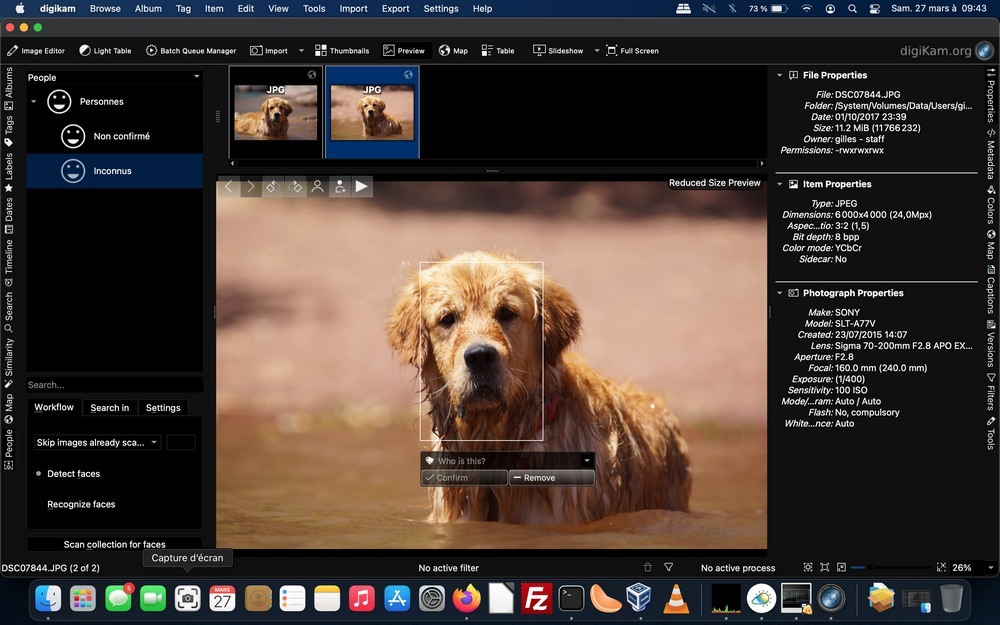

- DIGIKAM GET PHOTOS FROM ANDROID PHONE HOW TO
- DIGIKAM GET PHOTOS FROM ANDROID PHONE FULL
- DIGIKAM GET PHOTOS FROM ANDROID PHONE DOWNLOAD
- DIGIKAM GET PHOTOS FROM ANDROID PHONE FREE
Here2, there are predefined categories that can be assigned to folders (as well as individual images). Categories are searchable from the search function found elsewhere in DigiKam. As titles are derived from subdirectories, changing the title here also changes the name of the subdirectory where the folder (or subfolder) resides within ~/Pictures.Ĭlicking on Category allows you to assign a category to the album. Selecting Properties here will allow you to edit information about the selected folder. Holding down Shift, then pressing the F2 key allows you to rename the folder, and holding down Alt and pressing the Return key shows you information about the folder you right clicked on. Here, in addition to the two items that we just discussed in the first example, we have options to rename the folder, reset the icon of the folder (icons for folders can be changed within Dolphin), find image duplicates, refresh the contents of the folder, import and export photographs in the folder, delete the folder, or show information about the folder.įrom the keyboard, you can hold down Control then press N to create a new directory. In this example, I right clicked on the Architecture folder. What pops up depends on which entry you right click on.įor the Pictures entry, only two items appear in the popup menu, one to create a subdirectory in ~/Pictures, and one to open the Pictures directory in Dolphin (the KDE file manager). You can right click on any entry in this panel except for the root level entry Albums. These two entries are created when DigiKam is2 first launched. The entry Pictures refers to the ~/Pictures directory on the hard drive. The root level entry named Albums is the root level of the database where DIgiKam stores information on each photograph. If you are doing photographic work for someone else on the same machine you are doing photographic work for yourself, it is a good idea to create subdirectories to separate work you do for others from work you do for yourself. Here, we have a (partial) structure of how photographs on my laptop are organized. The left panel in DigiKam is where Albums are managed. In this example, the process was immediate as no new photographs have been added or deleted. This could take some time if you have a large collection of photographs. (In fact, this is one reason why Shotwell was included in the repository.)Įach time DigiKam is loaded, DigiKam checks the directory (or directories) where your photo collection is stored for newly added (or deleted) photographs and updates its database accordingly.
DIGIKAM GET PHOTOS FROM ANDROID PHONE FULL
If you were to load DigiKam from, say, the MATE desktop, the basic KDE libraries would have to be loaded first, increasing the time needed to launch the application, not to mention that the full functionality of DigiKam cannot be guaranteed when running on non-KDE desktops.


Because DigiKam was designed for the KDE (Plasma) desktop, it is best to launch DigiKam from the KDE (Plasma) desktop as many required libraries the application uses have already been loaded when KDE (Plasma) desktop was launched. For this issue, let us discuss the basics of photo management in DigiKam.Īs with many Linux applications, you should (theoretically) be able to launch DigiKam from any desktop.
DIGIKAM GET PHOTOS FROM ANDROID PHONE DOWNLOAD
DIGIKAM GET PHOTOS FROM ANDROID PHONE HOW TO
Here’s how to download the digiKam app onto your PC or Mac:
DIGIKAM GET PHOTOS FROM ANDROID PHONE FREE
RELATED: Free apps to share your photos How to Download digiKam It also has tools specifically designed to export photos to multiple sharing platforms like Facebook, Flickr, and Pinterest. Once you upload, edit, and file your images you can easily transfer them to many file sharing sites. With the lightbox, you can achieve specific creative results, rather than being limited to applying an editing tool to the whole image. This feature allows you to create the highest quality images possible by allowing you to drag a file onto the lightbox and focus on the details you want to edit. One of the special editing tools available on the application is a light table function. Standard editing features include cropping, sharpening, and color correction, in addition to some more advanced tools and available plugins. In addition to managing your images, digiKam also lets you edit your pictures and assign comments and tags to raw files. You can search by tag, label, rating, location, or metadata across multiple folders. One of the outstanding features of digiKam is that it enables tagging and labeling so that you can search for images throughout your collections and folders.


 0 kommentar(er)
0 kommentar(er)
